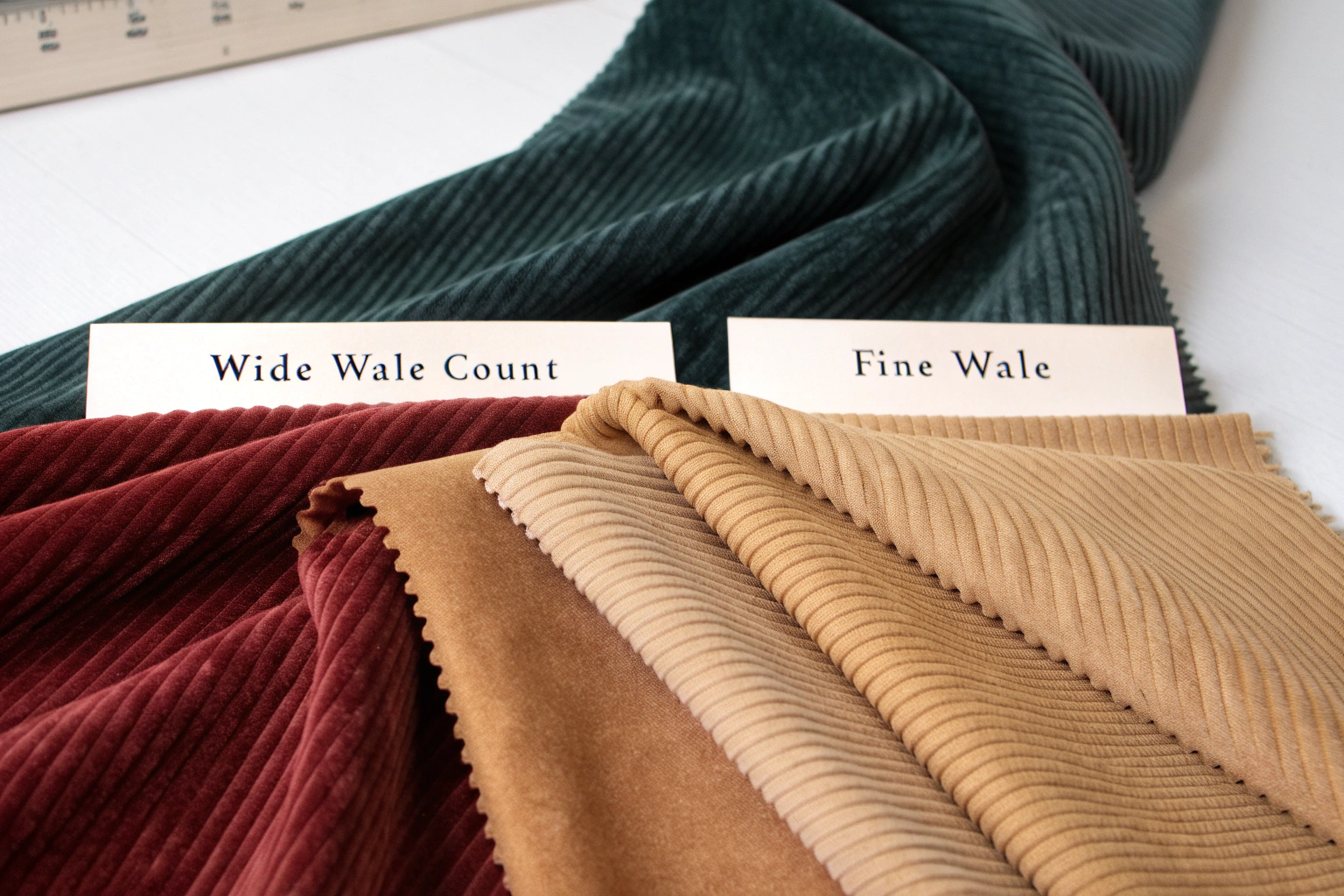Corduroy is a timeless fabric, but have you ever been confused by the term "wale"? Many of our clients, especially those sourcing fabrics from China for the U.S. market, ask us this very question. They know corduroy but often overlook the critical role the wale plays in the final product's look, feel, and cost. Choosing the wrong wale can lead to disappointing garments and unhappy customers.
Corduroy wale refers to the number of raised ridges, or cords, per inch in the fabric. It is the defining characteristic that determines the texture, durability, and suitable applications for the corduroy. Understanding wale is not just a detail; it's fundamental to selecting the right corduroy for your fashion line, ensuring you balance aesthetics with performance and price.
Let's dive into the details of corduroy wale. This guide will help you understand its types and how to make the best choice for your next collection.
What is corduroy wale?
When you run your fingers over corduroy, you feel those distinct ridges. That's the wale. It's the heart of what makes corduroy unique. For anyone importing fabrics, knowing this term inside and out is as important as understanding thread count for cotton.
The wale is the number of these ridges in one inch of corduroy fabric. It is counted from the top of one cord to the top of the next. A higher wale count means the ridges are finer and closer together. A lower wale count means the ridges are wider and more pronounced. This simple measurement dramatically changes the fabric's character.
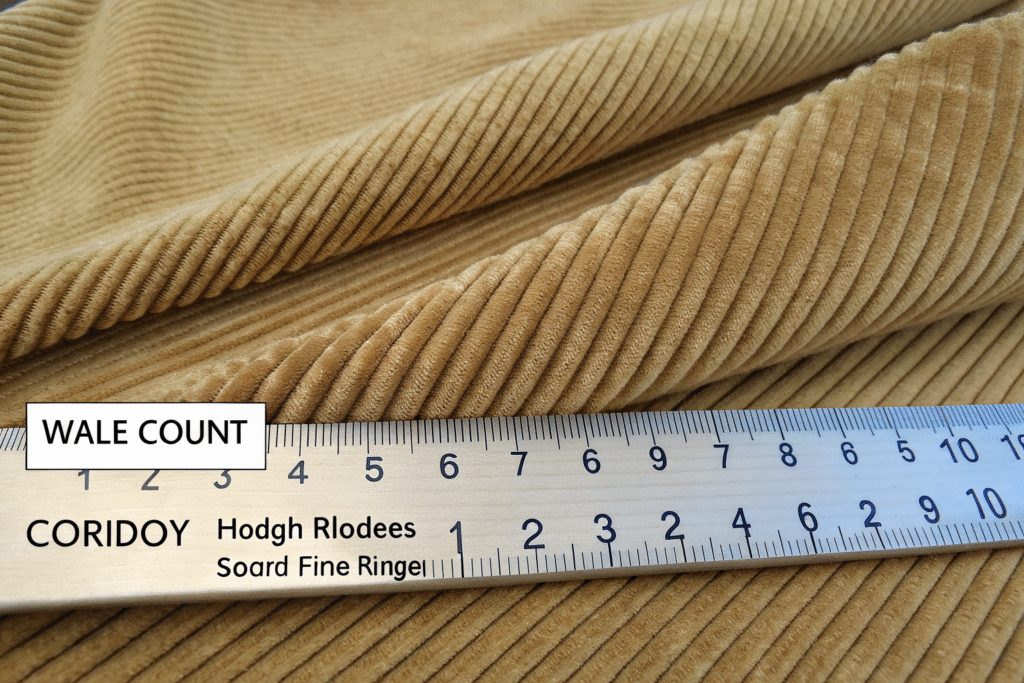
Why does wale count matter for fabric durability?
The wale count directly impacts how long your corduroy garments will last. Think of it like the weave density in other fabrics. A wide-wale corduroy has thicker, more prominent cords. These can be more susceptible to abrasion over time, especially on high-stress areas like elbows and seats. Conversely, a pinwale corduroy, with its many fine ridges, distributes wear more evenly. This makes it often more durable for items like shirts or children's wear that require frequent washing.
How is different wale corduroy manufactured?
The magic happens on the loom. Corduroy is a cut-pile fabric. The wale is determined by the arrangement of the warp and weft yarns during weaving. Specific sets of warp yarns are woven tightly together to form the ridges. The spacing of these sets dictates the wale. After weaving, the fabric passes over sharp blades that slice through these sets of yarns, creating the characteristic pile.
What are the main types of corduroy wale?
You've decided to use corduroy. Now, you need to pick the right type. The wale category you choose sets the tone for your entire garment. It affects the drape, the weight, and the final price point.
The main types of corduroy wale are wide-wale (3-5 wales per inch), mid-wale (8-13 wales per inch), and pinwale (14-21+ wales per inch). Each type offers a distinct visual and tactile experience. Wide-wale feels rustic and bold, mid-wale is a versatile classic, and pinwale feels refined and soft.
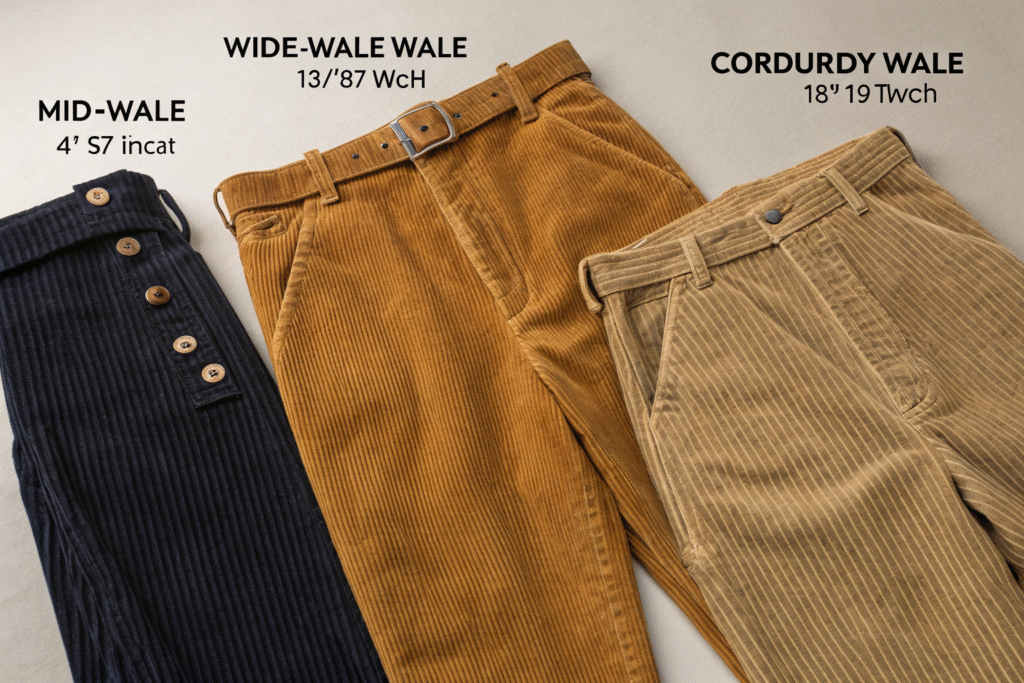
When should you choose wide-wale corduroy?
Choose wide-wale corduroy when you want to make a bold, textured statement. Its broad, deep ridges evoke a sense of durability and rustic charm. It's perfect for heavy-weight applications like upholstery, jackets, and fall/winter trousers. However, its boldness comes with a consideration. The wide cords can sometimes crush or lean in one direction with wear.
What are the best uses for pinwale corduroy?
Pinwale corduroy is your go-to for softness, drape, and a more subtle texture. Its fine, closely packed ridges give it a surface that resembles a fine cord or even a velvety touch. This makes it ideal for shirts, blouses, dresses, children's wear, and lightweight accessories. It's less bulky than wide-wale, allowing for better drape and more intricate tailoring.
How does wale affect corduroy quality and price?
In our business, we see many buyers focus solely on price per meter. But with corduroy, the wale is a major driver of both cost and perceived quality. Understanding this relationship helps you maximize your budget without compromising on the final product.
The wale significantly affects corduroy quality and price; finer wales often require more skilled manufacturing and tighter quality control, which can increase cost. The number of ridges per inch directly influences the amount of yarn used, the complexity of the weaving process, and the precision needed in the cutting and finishing stages.
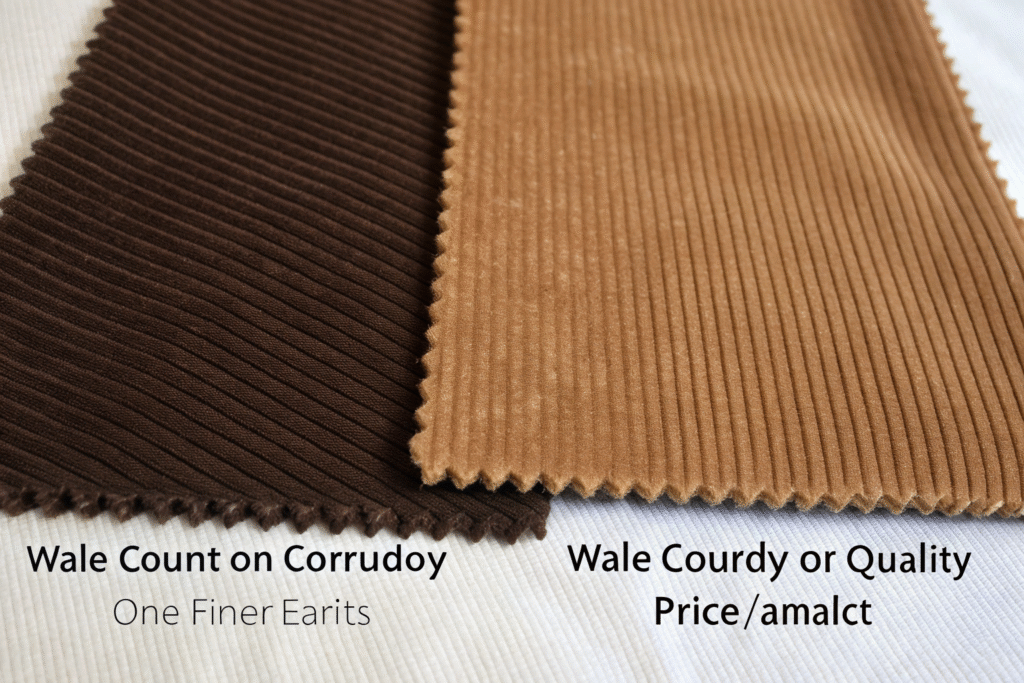
Why can pinwale corduroy be more expensive?
It's a common misconception that heavier fabric always costs more. With corduroy, the opposite can be true. Producing a perfect, consistent pinwale requires slower weaving speeds and more precise loom settings. The risk of defects is higher because any inconsistency in the fine ridges is immediately visible. Furthermore, the dyeing process must be exceptionally even to avoid streaking across the many fine cords.
How does wale influence fabric weight and feel?
The wale is a primary factor in the fabric's overall weight and hand feel. Wide-wale corduroy uses thicker yarns to form its prominent ridges, resulting in a heavier, stiffer, and warmer fabric. Pinwale, with its fine yarns, is naturally lighter, softer, and more flexible. Mid-wale strikes a balance between the two.
How to choose the right wale for your project?
This is the final step. You have the knowledge about what wale is and its implications. Now, let's apply it to your specific needs. The right choice aligns with your design vision, target market, and budget.
To choose the right wale, consider your garment's style, desired durability, and target selling price. There is no one-size-fits-all answer. A high-end fashion brand might prioritize the luxurious detail of pinwale, while a brand focused on durable workwear will lean towards wide-wale.
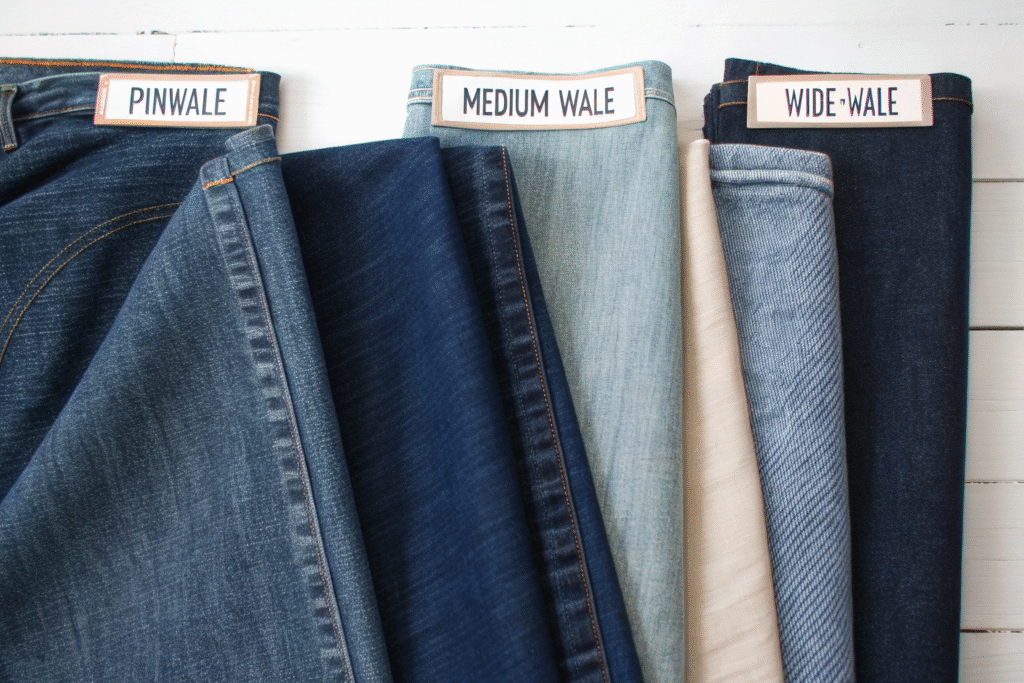
What questions should you ask your fabric supplier?
Don't be shy to ask detailed questions. A professional supplier will have the answers ready. First, ask for a detailed specification sheet that includes the exact wale count, weight in GSM, and fiber composition. Second, request physical swatches in all color options. The feel of the fabric is as important as the data.
Can you mix wales in one clothing collection?
Absolutely, and it's a fantastic way to add depth and variety. Imagine a collection featuring a wide-wale corduroy jacket, mid-wale trousers, and a pinwale corduroy shirt. This approach allows you to create multiple price points and styles within the same fabric family. It showcases a sophisticated understanding of textile design.
Conclusion
Choosing the right corduroy wale is a critical decision that impacts the aesthetics, performance, and cost of your garments. We've explored how wale defines the fabric, from the bold statement of wide-wale to the refined elegance of pinwale. Remember, the wale count influences durability, manufacturing complexity, and the final hand feel of the material.
Ready to bring your corduroy designs to life with a supplier that understands the nuances of wale? Partner with us to leverage our expertise in weaving, dyeing, and finishing all types of corduroy fabric. Contact our Business Director, Elaine at elaine@fumaoclothing.com for your next clothing order.

